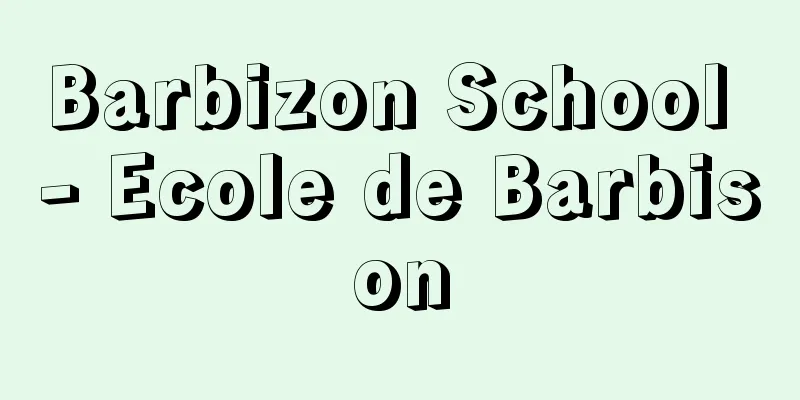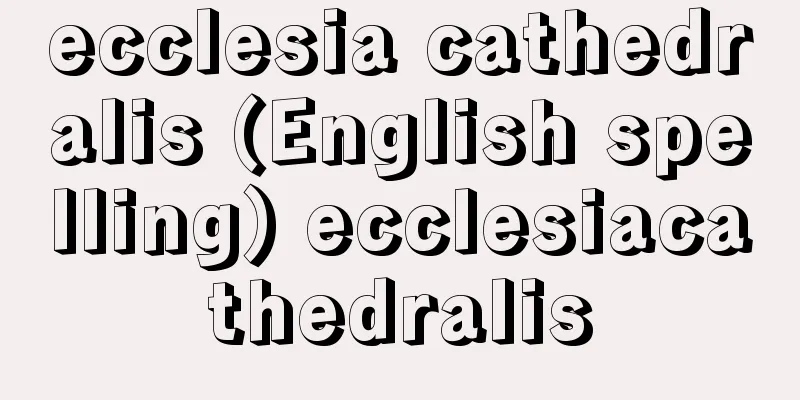Barbizon School - Ecole de Barbison

|
A 19th century French school of painting. A general term for painters who stayed long or short periods of time in Barbizon, a small village in a corner of the Fontainebleau Forest on the outskirts of Paris, mainly from the 1830s to the 1860s, and painted landscapes. The barn of the house of Théodore Rousseau, who often painted in Barbizon from 1833 and settled there from 1846, became a meeting place for painters and critics, and Rousseau was, so to speak, the spiritual center of the group, but it was not a unified group with a specific ideology. On the contrary, various directions were developed according to the individual inclinations and styles of each member. However, their common points were their attachment to the Fontainebleau Forest and their naturalistic attitude of painting on the spot, and it can be said that they formed a trend toward naturalism in the era of the transition from Romanticism to Impressionism. The main personalities were Corot, Millet, Diers, Dupré, Daubigny, Charles Jacques, Paul Huet, and Henri Harpigny. Courbet, Daumier, and Bary, the animal sculptor, also produced works here, and later Impressionist painters also visited. There are also many examples of foreign painters who stayed and painted here. The styles of many of these painters were extremely diverse, but they all broke away from classical historical landscape painting, starting from romantic and naturalistic landscapes that depicted the mystical and pantheistic moods of nature, and gradually arrived at the pursuit of more realistic visual effects. An example is the style of Daubigny, who directly led to the plein air movement of the Impressionists. [Kimio Nakayama] Source: Shogakukan Encyclopedia Nipponica About Encyclopedia Nipponica Information | Legend |
|
19世紀フランスの画派。パリ郊外フォンテンブローの森の一隅にある小村バルビゾンに、主として1830年代から60年代にかけて、長期的あるいは短期的に滞在して風景を描いた画家たちの総称。1833年以来この地でしばしば制作し、46年から定住して生涯を終えたテオドール・ルソーの家の納屋が、画家や批評家たちの会合の場所となり、ルソーはいわばこの派の精神的な中心ではあったが、しかし特定な主義をもつ統一的な集団ではない。逆に、各人それぞれの性向や画風によって多様な方向が展開された。ただ、フォンテンブローの森への愛着と、その場で描くという自然主義の姿勢が共通点であり、ロマン主義から印象主義へと移行する時代の自然主義への動向を形成したというべきであろう。 主要な個性は、コロー、ミレー、ディアーズ、デュプレ、ドービニー、シャルル・ジャック、ポール・ユエ、アンリ・アルピニーたちで、クールべやドーミエ、動物彫刻のバリーたちもここで制作し、のちには印象派の画家たちもここを訪れている。また外人画家でこの地に滞在して描いた例も多い。これら多くの画家たちの画風はきわめて多様ではあったが、古典的な歴史風景画から脱却し、自然の神秘的、汎神論(はんしんろん)的な情調を描くというロマン主義・自然主義的な風景から出発して、しだいに、より現実的な視覚効果の追求へとたどり着いている。印象派の外光主義を直接導いたドービニーたちの画風などがその例である。 [中山公男] 出典 小学館 日本大百科全書(ニッポニカ)日本大百科全書(ニッポニカ)について 情報 | 凡例 |
Recommend
Arthur Rackham
1867‐1939 British illustrator. Born as the third s...
Pollination - jufun
This refers to the process in which pollen attach...
Ribes horridum (English spelling) Ribeshorridum
… [Matsui Jin]. … *Some of the terminology that m...
Checkers - Checkers (English spelling)
A type of board game played by two people. It is ...
University of Pennsylvania
A private university in Philadelphia, Pennsylvania...
Korean Currency Reorganization Project
Based on the First Japan-Korea Agreement of 1904, ...
National Interest Lawyer
This was a council established by the Edo Shogunat...
Mandeville, B.de (English spelling) MandevilleBde
…a work (1714) by the English political satirist ...
Lloyd Appleton Metzler
1913‐80 American economist. Born in Kansas. Studie...
Cosmic ray intensity - Space ray intensity
…Because the intensity of cosmic rays is weak dee...
Yatsushika Dance
A folk art form. A type of deer dance. A refined l...
adult education
...A general term for educational and learning ac...
Wall painting - Kabe-nuri
〘noun〙① The act of painting walls with soil, lime,...
Cogitatio
…This conscientia becomes the English word consci...
Kushashu
...A group of scholars who studied and lectured o...









